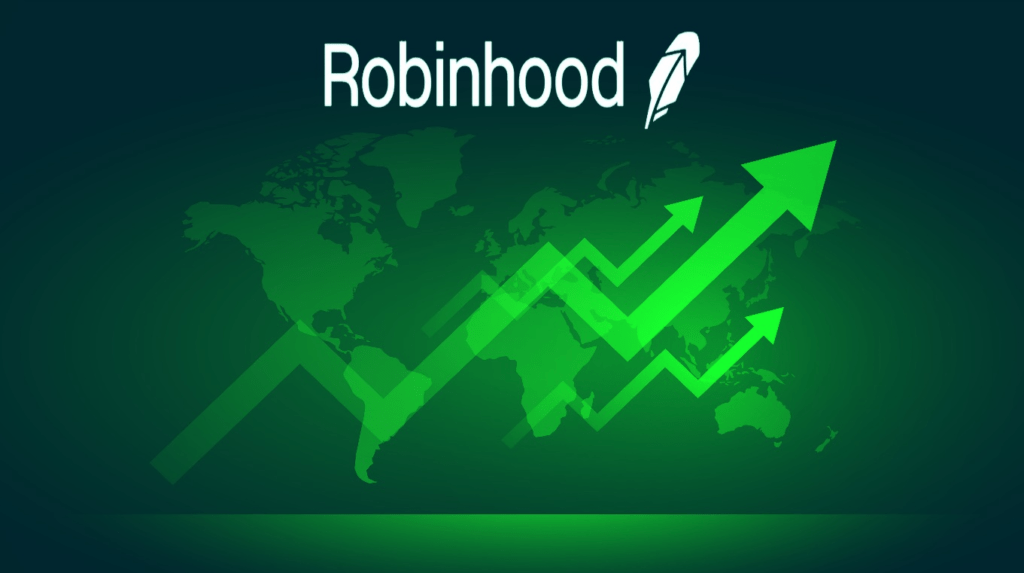
Canada Appeals for International Firefighting Aid
June 09, 2025: Canada has issued an international appeal for firefighting support as wildfires intensify across multiple provinces

August 6, 2021: -On Thursday, Robinhood said in an amended filing that existing shareholders would sell up 97.9 million shares over time. The news knocked shares of the trading app that have surged this week.
The commission-free broker will not receive any proceeds from the stock sale of 97,876,033 shares of its Class A common stock. The offering is through an automatic conversion of specific convertible notes held by the selling stockholders in connection with its initial public offering.
These selling shareholders include several venture capital firms that invested in Robinhood early on. For instance, New Enterprise Associates, which owns more than 10% of Robinhood shares, is among the list of sellers in this offering. Andreessen Horowitz, ICONIQ Capital, Institutional Venture Partners, and Ribbit Capital were also selling stockholders.
Robinhood set a maximum selling price at $35.12 per share for the offering. The total proceeds for the holders will be up to $3.44 billion.
The stock dropped more than 12% in premarket trading on Thursday.
After a lackluster IPO last week, Robinhood shares spiked this week as retail investors bid up the claims, reminiscent of the meme stock rallies the company helped perpetuate in names like AMC and GameStop earlier in the year.
The shares jumped 50% on Wednesday and had doubled for the week until Thursday’s decline. Buying by ARK Invest’s Cathie Wood and the start of options trading were also credited with helping to boost the shares.
Robinhood, which experienced massive growth thanks to the rise of retail investors, went public last Thursday on the Nasdaq under the ticker HOOD. The stock is priced at $38 per share, the low end of its offering range.
We provide the insights on leaders who are responsible for taking their organization to new heights, all the while bringing together a group of talented individuals.

June 09, 2025: Canada has issued an international appeal for firefighting support as wildfires intensify across multiple provinces

May 27, 2025: Air Canada Cuts Five U.S. Routes for Winter 2025–26, Part of Broader Cross-Border Retrenchment

May 26, 2025: Trump Freezes $2.2B in Federal Grants to Harvard Over DEI, Threatens Tax-Exempt Status.

May 14, 2025: Microsoft has announced plans to reduce its global workforce by approximately 3%, affecting roughly 10,000 employees across multiple departments.

May 13, 2025: The Trump administration is considering suspending the constitutional right of habeas corpus in a bid to accelerate mass deportations.

April 29, 2025: Donald Trump’s second term has reached the 100-day mark under sustained public skepticism, with national approval ratings